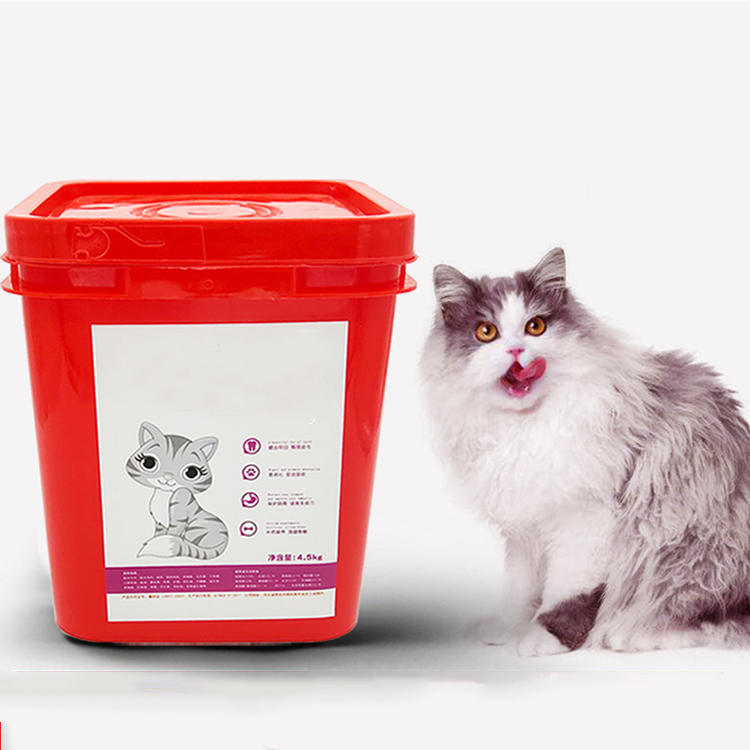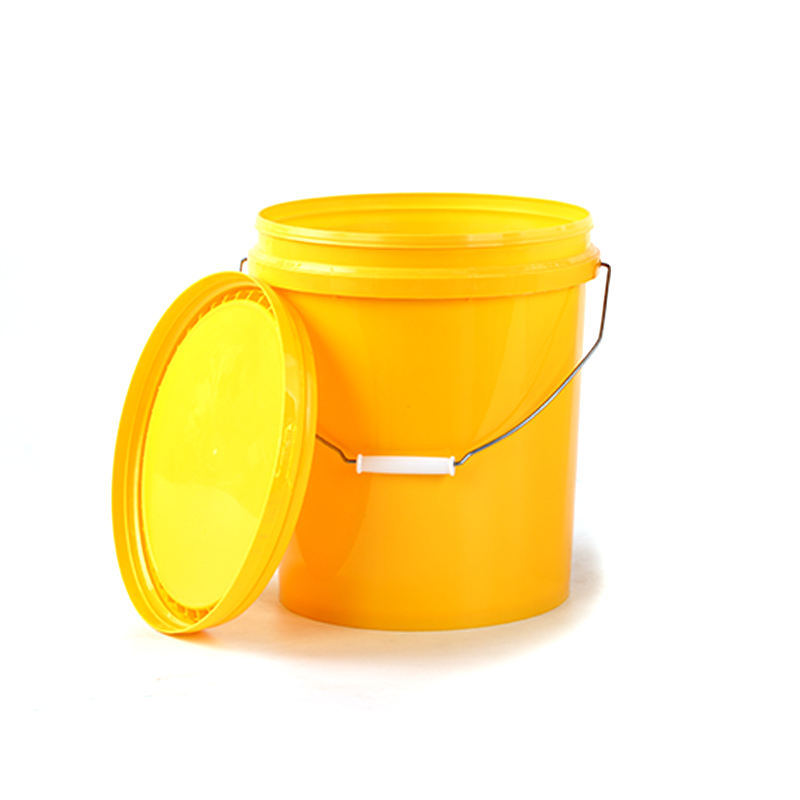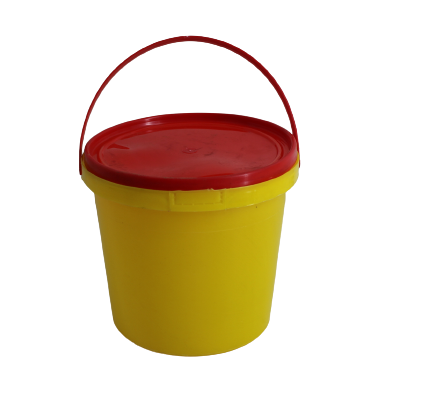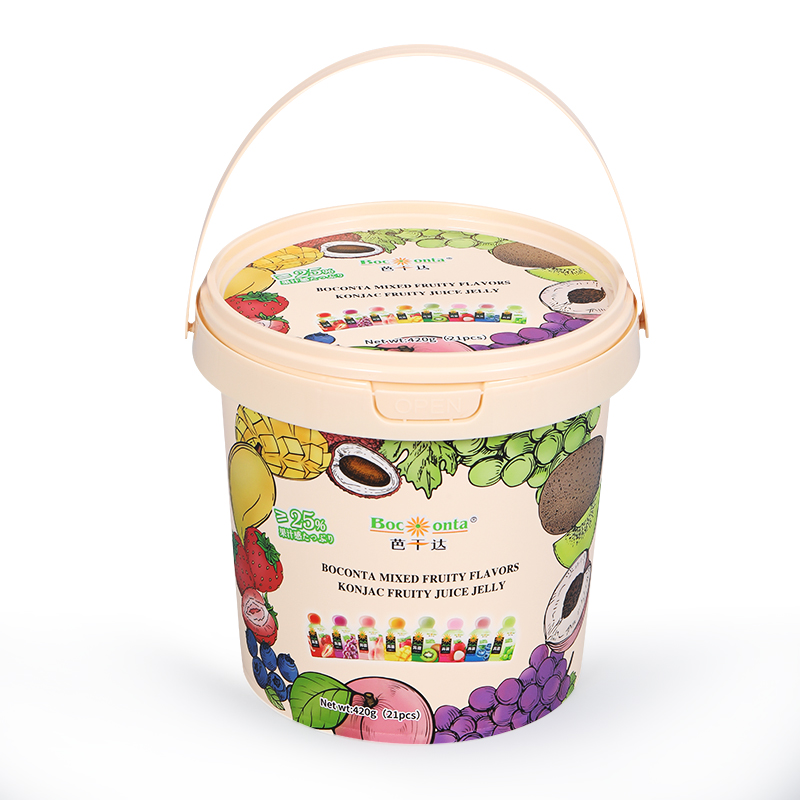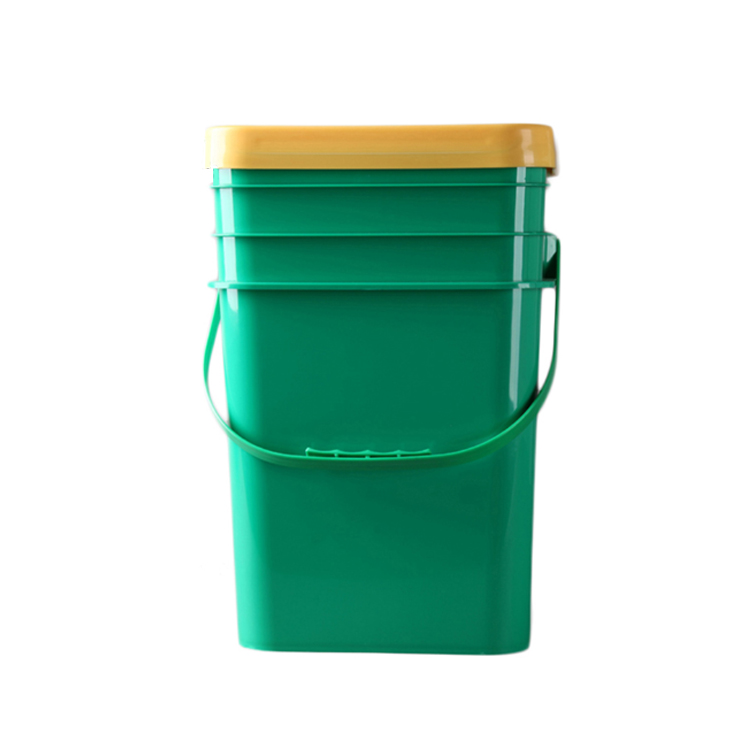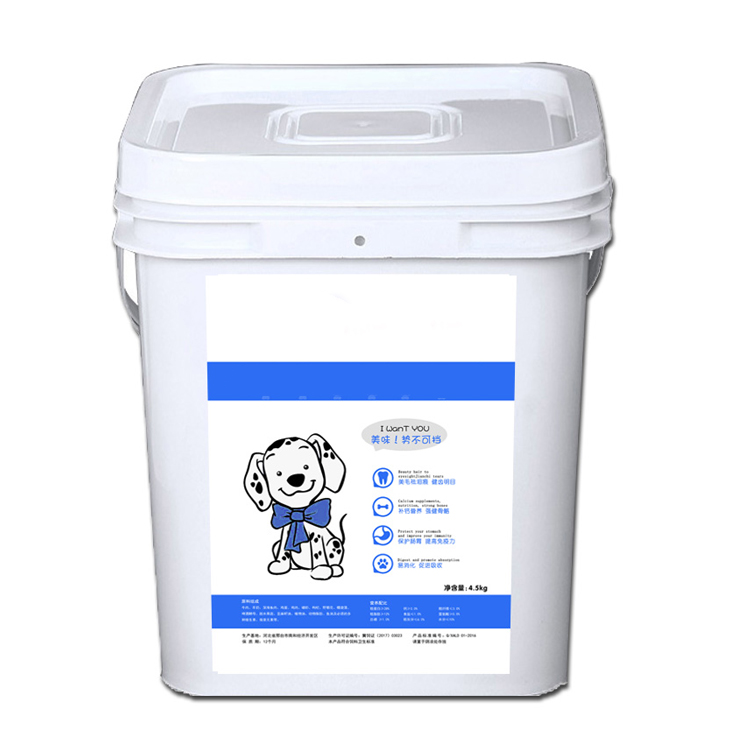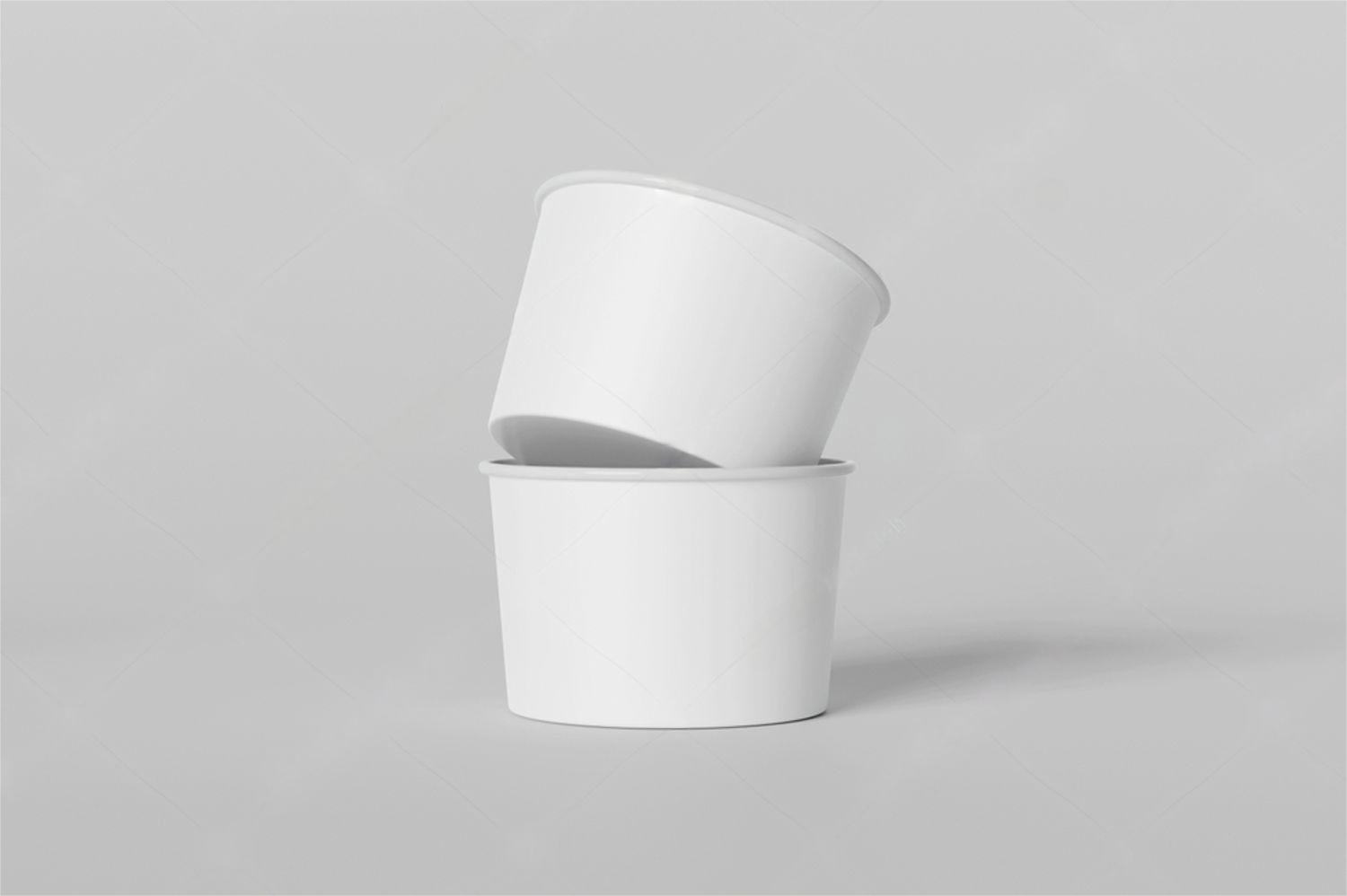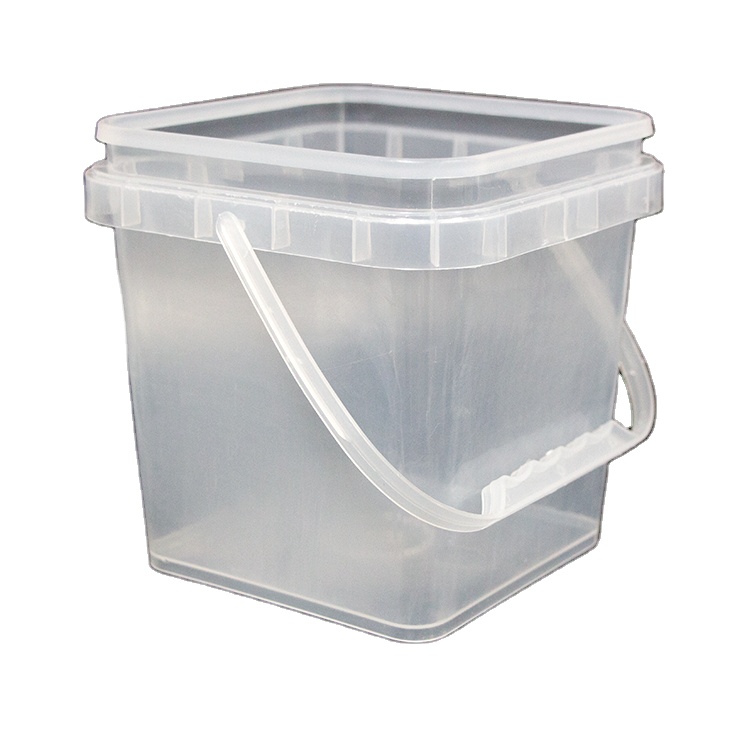
Lorem ipsum dolor sit amet, consectetur adipiscing elit, sed do eiusmod Lorem ipsum dolor sit amet consectetur adipiscing elit, sed do eiusmod lorem ipsum
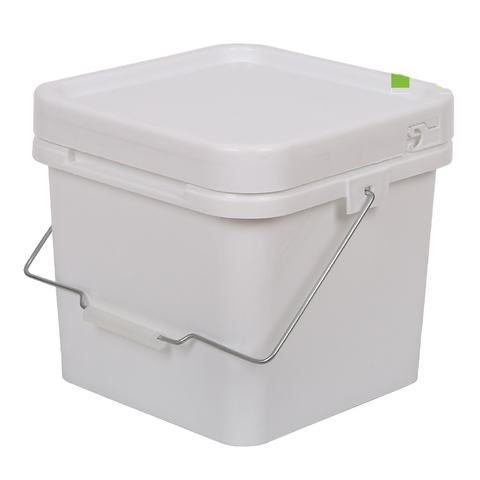
Production Line Integration: Square Bucket Manufacturing
Comprehensive analysis of bird seed bucket production in 2024, covering materials, manufacturing processes, safety standards, and sustainability practices. Essential guide for industry professionals and manufacturers.
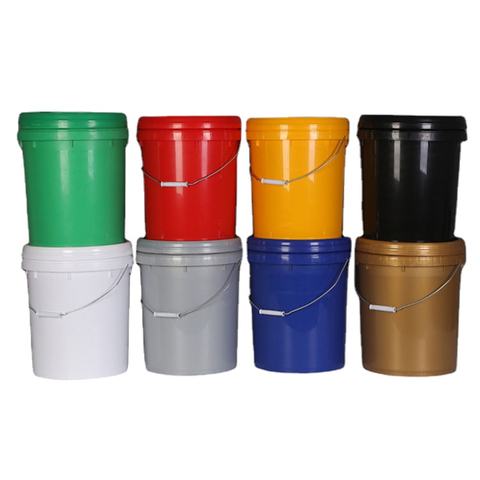
Chemical Bucket Production Technology: Essential Standards and Manufacturing Guidelines
Home Table of Contents Introduction The manufacturing of plastic packaging buckets demands precise standards and cutting-edge technology to ensure safety,

Wholesale PP Plastic Buckets with Custom Sizes (150ml-5L), Perfect for Commercial Ice Cream Manufacturers
Discover our professional-grade ice cream packaging solutions featuring food-safe PP material, customizable sizes, IML decoration options, and bulk wholesale pricing. Perfect for ice cream manufacturers, distributors, and food service businesses seeking reliable, cost-effective container solutions with excellent preservation properties.

